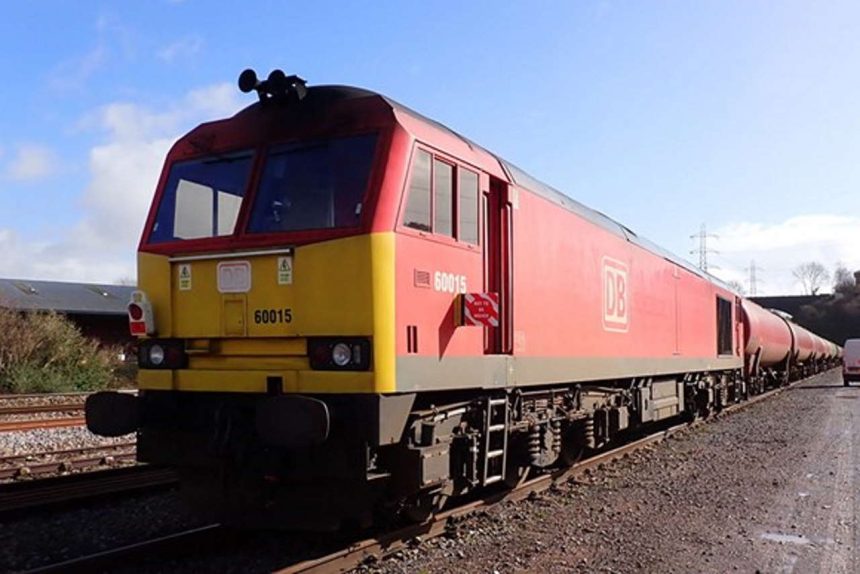The Rail Accident Investigation Branch (RAIB) has released its report on damage to the track between Pencoed and Llanharan in South Wales on 6th March 2021.
On the night of 5th/6th March 2021, two rails within a mile of each other between Pencoed and Llanharan were damaged when a wagon with severe wheel flats on one of its wheelsets fractured. The wagon was part of train 6A11 from Robeston oil terminal in Milford Haven to Theale oil terminal near Reading.
The cause of the wheel flats was that a wheelset had become locked and stopped rotating while the train was moving. The investigation found that whilst the train was travelling along the recently reopened Swansea District line, the wheelset had probably locked when the train braked in an area where the track exhibited very low railhead adhesion. As that line had not been used for several months, the rails were rusty. The environmental conditions at the time were such that the rails were also wet, and it was the combination of rust and moisture which created the very-low adhesion that the train experienced.
When the line was reopened, Network Rail had not taken any specific precautions to ensure that an adequate level of adhesion was available. This was because Network Rail had become focussed on managing low adhesion during the autumn leaf fall season, and had not acted on advice provided by a cross-industry working group on the adhesion-?related precautions that should be taken when an unused line is reopened.
The Rail Accident Investigation Branch has recommended that, in light of the existing industry guidance, Network Rail should review its processes to manage all occasions outside the leaf fall season which could result in very low levels of wheel/rail adhesion.
The Rail Accident Investigation Branch has also identified a learning point that signallers should be reminded that, in accordance with the Rule Book, if they become aware of an unusual noise coming from a wagon, they must arrange for the train to be stopped and examined.
In light of these findings, the Rail Accident Investigation Branch considers that very low adhesion may also be a potential cause that is relevant relevance to the Ferryside accident (RAIB report 17/2018). An addendum has been added to that report discussing this potential causal factor, but the update does not affect the safety recommendations that were made in the earlier version of the report.
